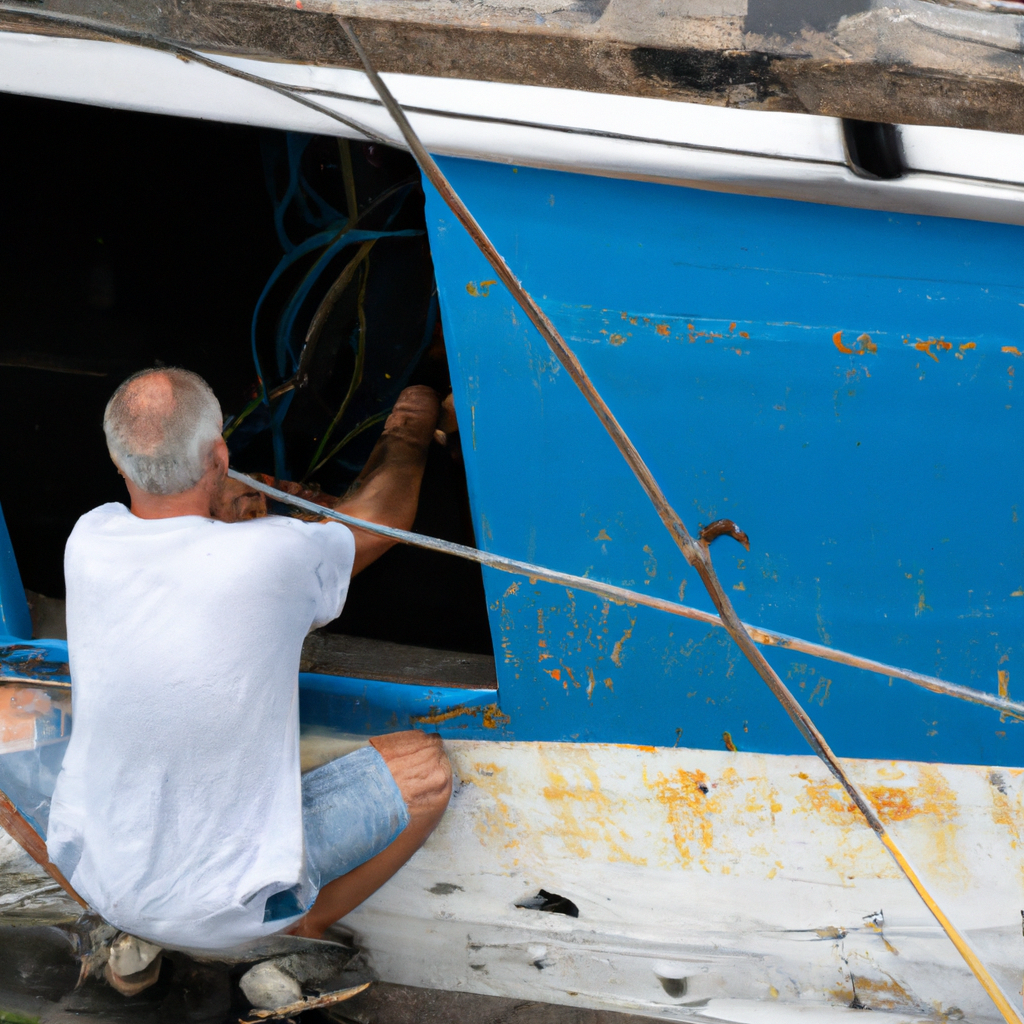Sailing Safely: Complete Guide to the Repair and Maintenance of Nautical Equipment

Sailing the blue waters can be an incredibly liberating experience, but maintaining and repairing the nautical equipment that makes this adventure possible is a crucial aspect that is often overlooked. Whether you are a water sports enthusiast, a professional sailor or a recreational boat owner, proper maintenance of your marine equipment is essential to ensure a safe and enjoyable experience on the water. In this article, we'll explore everything you need to know about marine equipment repair and maintenance, from the basics and tools needed, to detailed steps for repairing common equipment and helpful tips to extend the life of your equipment. So, if you're ready to learn how to take better care of your precious boating gear, read on!
- 1. "Basics of repair and maintenance of nautical equipment"
- 2. "Tools necessary for the maintenance of nautical equipment"
- 3. "Detailed steps for repairing common marine equipment"
- 4. "Tips and tricks for long-term maintenance of your nautical equipment"
1. "Basics of repair and maintenance of nautical equipment"
The repair and maintenance of nautical equipment are essential tasks to guarantee the functionality and safety of vessels. These tasks involve a series of basic concepts that every boat owner or user should know. These include regular inspection of equipment, which includes checking the condition of engines, electrical systems, navigation systems, etc. Cleaning is another essential aspect, since the accumulation of saltpeter can cause corrosion and long-term damage. Additionally, it is crucial to have basic knowledge about minor repairs, such as changing the oil, replacing air filters, repairing small cracks, among others. Last but not least, preventive maintenance is a strategy that helps avoid breakdowns and prolong the life of nautical equipment. This includes tasks such as lubricating moving parts, adjusting systems and checking for possible wear or damage.
2. "Tools necessary for the maintenance of nautical equipment"
To carry out proper maintenance of nautical equipment, it is essential to have a variety of specific tools. These include wrenches of different sizes for adjusting and tightening nuts and bolts, pliers for handling cables and small parts, screwdrivers of various types for disassembling and assembling components, and hammers for adjusting parts or disassembling them when necessary. Likewise, it is useful to have a multimeter to measure electrical current and detect possible faults in the electrical system. In some cases, the use of more specialized tools, such as a bearing puller, propeller wrench, or compression gauge, may be required. It is important to remember that all of these tools must be resistant to salt water to prevent corrosion.
3. "Detailed steps for repairing common marine equipment"
The first step in repairing common marine equipment is to perform a complete diagnosis of the problem. This may involve visually inspecting equipment components, performing functional tests and, in some cases, disassembling parts of the equipment for further inspection. Once the problem is identified, the second step is to acquire the necessary replacement parts. This may require researching and ordering parts from specialized marine equipment suppliers. The third step is the repair itself, which can vary greatly depending on the specific problem. It may involve replacing defective parts, repairing damaged components, or cleaning and lubricating moving parts. Finally, after the repair, it is important to perform functional tests to ensure that the equipment is working properly and that the original problem has been resolved.
4. "Tips and tricks for long-term maintenance of your nautical equipment"
One of the most important aspects to guarantee the longevity of your nautical equipment is to carry out constant and adequate maintenance. First, it is always advisable to follow the manufacturer's instructions for cleaning and care. For example, some equipment may require the application of specific lubricants or the replacement of certain components after a certain period of use. Second, you must protect your equipment from extreme environmental conditions. This involves storing them in a cool, dry place when not in use, and covering them to protect them from direct sunlight. Third, it is crucial to perform regular visual inspections. Look for signs of wear, damage or corrosion. If you find them, you may need to repair or replace parts of the equipment. Finally, if your marine equipment includes engines or electronic systems, make sure they are properly sealed to prevent water and salt damage. With these tips, you can significantly extend the life of your marine equipment.
